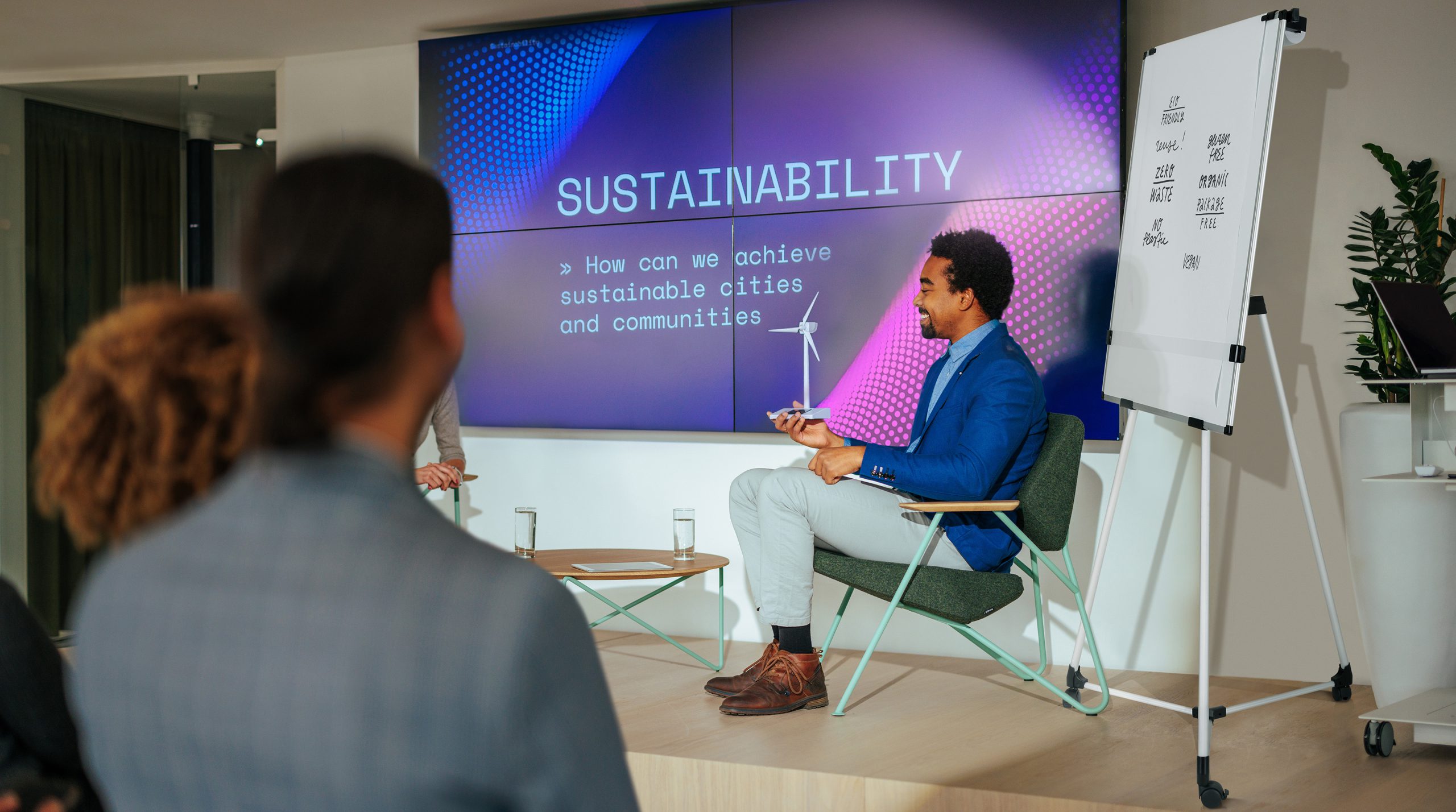
Embracing sustainability, and particularly, transitioning to a Circular Economic model is of utmost importance. This change will greatly help solve many of our environmental, social, and economic problems resulting from our traditional linear economic model (often summarized as "take, make, use, and dispose"), such as:
Environmental Problems
- Resource Depletion:
- Non-renewable Resources: The linear model relies heavily on the extraction of non-renewable resources such as fossil fuels, minerals, and metals, leading to their depletion. Learn more from the United Nations.
- Deforestation and Habitat Loss: To meet the demand for raw materials, extensive deforestation occurs, resulting in habitat destruction and loss of biodiversity. More information from the World Wildlife Fund.
- Pollution:
- Air and Water Pollution: Industrial processes and waste disposal contribute to air and water pollution, affecting ecosystems and human health. Read more from the Environmental Protection Agency.
- Soil Contamination: Improper disposal of industrial waste and chemicals leads to soil contamination, which can affect agriculture and water supplies. Details from the Food and Agriculture Organization.
- Climate Change:
- Greenhouse Gas Emissions: The linear model is heavily reliant on fossil fuels, leading to significant greenhouse gas emissions that contribute to global warming and climate change. Information from the Intergovernmental Panel on Climate Change (IPCC).
- Waste Generation:
- Landfills and Ocean Pollution: High levels of waste, particularly plastics, end up in landfills and oceans, causing environmental damage and harming wildlife. More from National Geographic.
Social Problems
- Health Issues:
- Toxic Exposure: Communities near industrial sites or waste disposal areas may suffer from exposure to toxic substances, leading to health problems such as respiratory diseases, cancers, and neurological disorders. Insights from the World Health Organization.
- Poor Working Conditions: The drive for low-cost production often results in poor working conditions, particularly in developing countries, affecting workers' health and safety. Read from the International Labour Organization.
- Inequality:
- Resource Exploitation: Developing countries, often rich in natural resources, may suffer from exploitation by multinational corporations, leading to economic inequality and social unrest. More from the United Nations Development Programme.
- Economic Disparities: The benefits of the linear economy are unevenly distributed, often exacerbating economic disparities between wealthy and poor communities and nations. Read from the World Bank.
- Community Displacement:
- Resource Extraction: Large-scale mining, logging, and agricultural projects can displace local communities, leading to loss of homes and livelihoods. Details from Human Rights.
- Urbanization: Rapid urbanization driven by industrial growth can lead to overcrowding, inadequate infrastructure, and the marginalization of vulnerable populations. Information from the United Nations.
Economic Problems
- Resource Scarcity:
- Increasing Costs: As resources become scarcer, their extraction becomes more costly, leading to higher production costs and economic instability. Insights from the World Economic Forum.
- Supply Chain Disruptions: Dependence on finite resources can lead to supply chain disruptions, affecting businesses and economies globally. Read from McKinsey & Company.
- Waste Management Costs:
- Rising Expenses: The cost of managing waste, including recycling and landfill maintenance, is a growing economic burden for municipalities and governments. More from the World Bank.
- Lost Economic Value: The linear model fails to capture the economic value of materials that could be reused or recycled, leading to economic inefficiencies. Details from the Ellen MacArthur Foundation.
- Volatility and Uncertainty:
- Market Instability: Reliance on volatile commodity markets for raw materials can lead to economic instability and unpredictability. Read from the International Monetary Fund.
- Economic Resilience: Economies based on the linear model are less resilient to shocks such as resource shortages or environmental disasters, impacting long-term economic stability. More from the World Resources Institute.
It is clear that humanity has to move to sustainable practices to solve the above-mentioned problems. Transitioning to a circular economy model will be a significant contributor, and although it seems complex, it is fundamentally a matter of collective willingness and commitment. This willingness must manifest across various levels:
- Government Policies: Governments must implement supportive policies and regulations that incentivize circular practices and discourage wasteful linear models.
- Business Practices: Companies need to embrace sustainable practices, innovate in product design, and adopt circular business models that prioritize long-term sustainability over short-term gains.
- Consumer Behaviour: Consumers play a crucial role by choosing sustainable products, supporting businesses with ethical practices, and participating in recycling and reuse programs.
- Global Cooperation: International collaboration is essential to share knowledge, technologies, and strategies that promote circular economy principles globally.
Transitioning to a circular economy offers a comprehensive solution to many of the pressing issues we face today. It promotes environmental sustainability, social well-being, and economic resilience. Achieving this transition requires a collective willingness from governments, businesses, and individuals to embrace sustainable practices and prioritize the long-term health of our planet and society. While the path to a circular economy may be complex, the benefits far outweigh the challenges, and it is ultimately a question of our willingness to make the necessary changes for a sustainable future.
At Bi-silque, we have developed a range of ecological products that are Cradle to Cradle certified and recently launched the KYOTO easel, which has been developed taking into consideration the principles of a circular economy, contributing in this way towards a more sustainable future.


